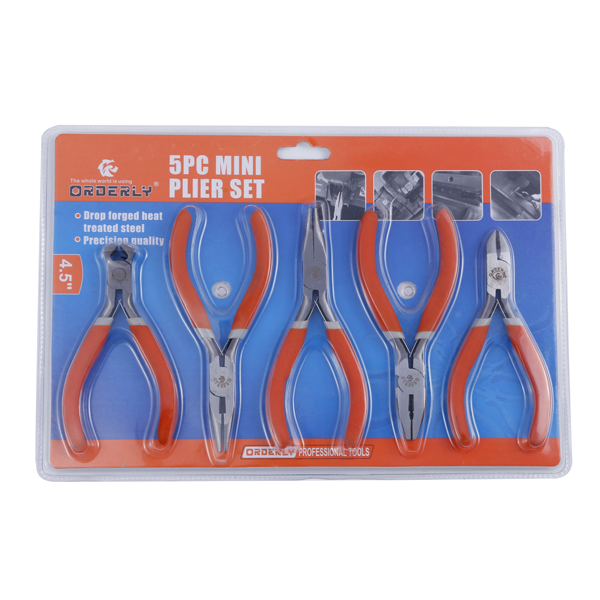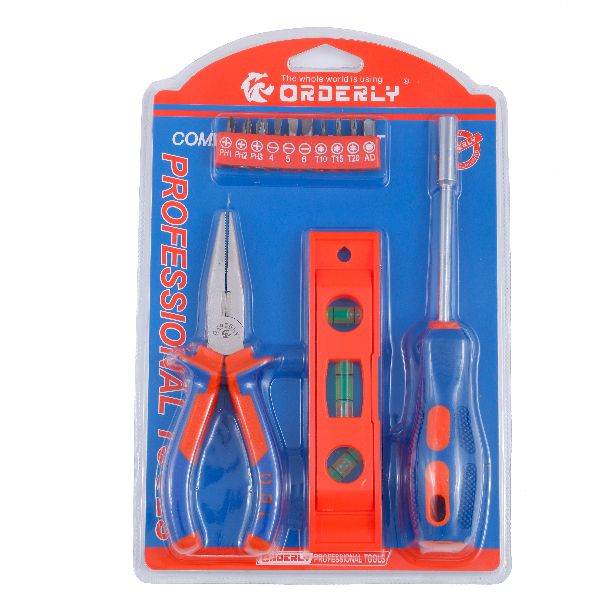Understanding the basics of hand tools through drawing can greatly enhance one’s ability to incorporate these essential items into various projects and educational pursuits. Drawing hand tools not only fosters a deeper appreciation for their design and function but also improves our ability to communicate ideas effectively. This guide aims to outline easy methods to illustrate hand tools examples, making the process accessible to beginners and those looking to refine their drawing skills.

Starting with Simple Shapes
Every drawing begins with basic shapes. Hand tools are no exception. A screwdriver, for example, can be broken down into a cylinder for the handle and a rectangle for the blade. This simplification is the key to starting any drawing, especially for beginners. By focusing on these foundational shapes, one can gradually add more detail, achieving a realistic depiction without becoming overwhelmed. Practicing this step ensures a solid understanding of the tool’s basic structure before moving on to more complex elements. Additionally, incorporating basic geometric terms, using proportion accurately, and considering the perspective are essential modifiers to enhance the drawing’s accuracy.

Incorporating Details and Texture
Once the basic shapes are laid out, the next step involves adding details and textures to bring the hand tools to life. This includes refining the outlines, including specific features like the grip on a hammer or the teeth of a saw. Drawing techniques such as shading and cross-hatching can be used to create texture, suggesting material properties such as metal’s shininess or wood’s grain. Attention to these subtle details not only makes the drawing more realistic but also more compelling. This stage allows for creativity and personal style to shine through within the drawing, maintaining accuracy.
Understanding Light and Shadow
Light and shadow play a crucial role in making a drawing appear three-dimensional. Identifying the light source in your drawing and understanding how it interacts with the hand tool will guide where to place highlights and shadows. This understanding adds depth to your drawing, making it appear more realistic. Simple techniques, like varying the pressure of your pencil or experimenting with different shading tools, can produce a range of light and dark areas, simulating a more dynamic representation of the hand tool.
Experimenting with Different Mediums
While pencils are the most common tool for beginners, exploring other mediums can enhance hand tool drawings. Pen and ink offer bold lines and sharp contrasts, while markers or colored pencils can introduce color, highlighting different features or materials. Watercolor and digital painting tools provide unique effects for those willing to experiment. Each medium brings its qualities to a drawing, allowing for exploration and personal expression. Mixing mediums can result in original and striking representations of hand tools.
Practical Applications and Beyond
Drawing hand tools serves more than an artistic endeavor; it has practical applications in education, communication, and design. Educators can use these drawings to teach students about the functions and history of various tools. In technical communication, accurate drawings can help in creating manuals or instructional guides. For designers and inventors, drawing hand tools can be a step toward creating new tools or improving existing ones. The skills developed through this process are valuable across a broad spectrum of disciplines.
Drawing hand tools easily is an achievable goal with practice and understanding of basic principles. Starting with simple shapes, adding details and texture, understanding light and shadow, experimenting with different mediums, and realizing the practical applications of these drawings opens a world of possibilities. Whether for educational purposes, technical communication, or personal enjoyment, the skills developed through drawing hand tools are versatile and valuable.
